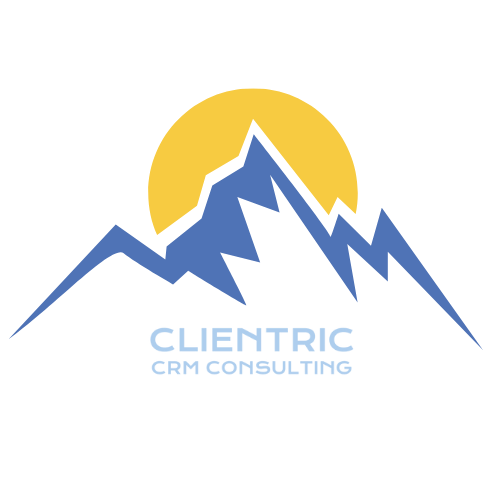How much does it cost to acquire a New Customer?
Starting an initiative requires entrepreneurs to invest a certain amount of money. Yet, to make it sustain longer, a constant flow of investment needs to be spent on securing regular customers. In short, the goods or services you aim to sell cannot generate the expected revenue if you’re unable to target customers valuing them. That’s exactly when something called the ‘Customer Acquisition Cost’ (CAC) comes into play.
What is the Customer Acquisition Cost (CAC)?
The CAC, as this KPI (Key Performance Indicator) is known in the world of marketing, is the cost a business owner spends in making new clients. And it is an umbrella term in essence that does not only involve promotional costs, as most people assume, but several other extensions as well. So, when talking about CAC, consider keeping in notice all forms of promotional elements, like retailing costs, pricing incentives, online expenses, and market research/data analysis costs.
The CAC Equation
Just as there exist standardized formulas to calculate KPIs in the form of numerical values, CAC can also be estimated using mathematical calculations. To do so, the methodology expected to be followed is not complicated either. So, you may start by dividing marketing and sales costs utilized in acquiring new customers by the number of new customers secured from a single campaign.
The Difference Between CAC and CPA
Additionally, what must be kept in mind while dealing with CAC is the fact that it is something different in nature from CPA (Cost Per Acquisition). This difference has to do with the type of customer each KPI is dealing with i.e. CAC deals with costs spent while acquiring a paying customer, whereas, CPA deals with non-paying customers.
For example, when a client subscribes to a free online service (mostly promotional, leading to paid subscription if the customer feels at ease with the service), the cost this service provider will be spending on such clients will be referred to as CPA. However, if at all, this customer turns into a paying client, the cost this service provider will be investing to acquire them shall be referred to as CAC.
Importance of CAC
The benefits KPIs yield, mark the importance it has in the eyes of an entrepreneur. In the case of CAC, it has a whole host of benefits when looking at the insights one can pull using this metric alone and in conjunction with other KPIs.
CLV to CAC Ratio
Customer Lifetime Value (CLV) is another metric that is a measure of the total average revenue generated by a customer during their relationship with a service provider. As per what business experts claim, if the ratio of CLV to CAC is 3:1 in the case of a particular client, the cost invested for this purpose is potentially profitable for the business itself. However, if your CAC is higher than CLV, the likelihood is that your business won’t flourish as expected in the longer run. This ratio can only be calculated if one can work out CAC in the first place.
Cost of Closing a Deal
This KPI can give fundamental insights on how much costs would be required to bring in a new lead (as in the case of a client; whether a company or an individual alone), it also enables a business owner to analyze how much is needed to close those leads as well.
It can also be used in combination with other KPIs to formulate new metrics.
Insight on Other Business Costs
To calculate CAC, we first must determine all of our costs to obtain that customer. This allows us to get very granular with our expense categories. Whether it be marketing, sales, technology, the salary of employees, etc. Whatever it is, we can pull out a ton of information on this and use it to better understand where the expenses are coming from for the organization.
Once we know where the expenses are coming from, then we can analyze them and see if they are all truly needed. Many businesses have recurring expenses they don’t even realize they have until you take a closer look. So who knows, maybe you’ll be able to save yourself a little money going through this process as well.
Highlight Profitable Sources
CAC also highlights the products or services your customers or clients use the most. This means you can have a very good understanding of which products or services are most important to your customers. Let’s say through this process you’ve identified three main products. Product 1, product 2, and product 3. Product 3 brings in the most revenue while product 1 and product 2 are next in line.
You would want to spend more time understanding what makes product 3 the best and either try to refine it or try to build on it even more. Then allows you to prioritize product 3 customers more so than others as you know bringing in more revenue. It’s important to understand the revenue sources as well as they can still provide a ton of insight for you even though you are using this information in your CAC metrics.
Have any questions? Get in touch with us today!
Interested in trying Zoho One? Sign up here!



